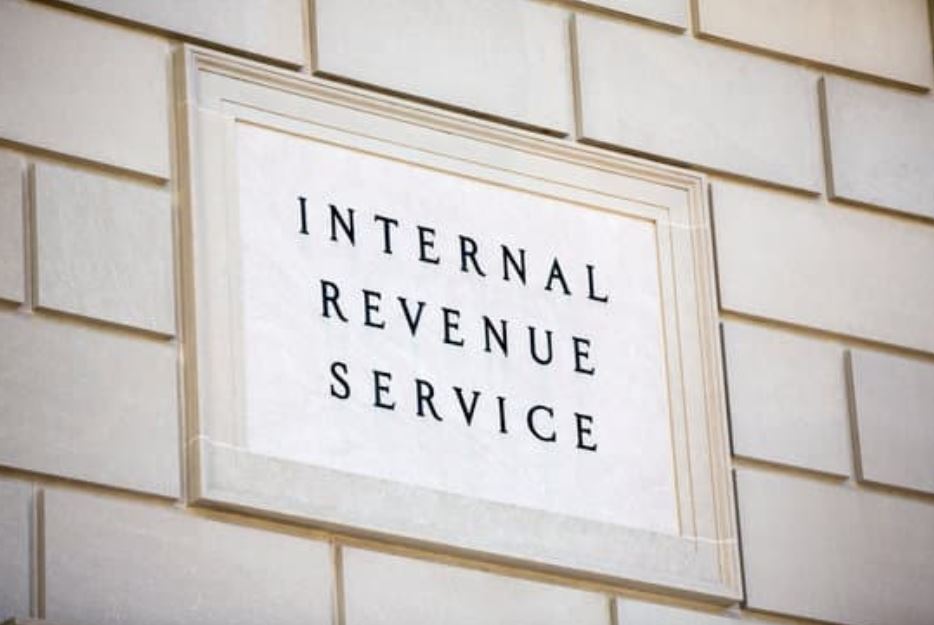401(k) and IRA Limits Rise for 2023
The IRS has announced that the amount individuals can contribute to their 401(k) plans in 2023 has increased to $22,500, up from $20,500 for 2022. This also applies to 403(b), most 457 plans, and the federal government's Thrift Savings Plan.
Also increasing is the catch-up contribution limit for employees aged 50 and over who participate in the above plans. This limit has increased to $7,500, up from $6,500. Therefore, participants in 401(k), 403(b), most 457 plans, and the federal government's Thrift Savings Plan who are 50 and older can contribute up to $30,000, starting in 2023.
The amount individuals can contribute to their SIMPLE retirement accounts is increased to $15,500, up from $14,000.The catch-up contribution limit for employees aged 50 and over who participate in SIMPLE plans is increased to $3,500, up from $3,000.
IRAs are also going up. The limit on annual contributions to an IRA increased to $6,500, up from $6,000. The IRA catch‑up contribution limit for individuals aged 50 and over is not subject to an annual cost‑of‑living adjustment and remains $1,000.
Phase-out ranges adjusted
The IRS has also reminded taxpayers that can deduct contributions to a traditional IRA only if they meet certain conditions. If during the year either the taxpayer or the taxpayer's spouse was covered by a retirement plan at work, the deduction may be reduced, or phased out, until it is eliminated, depending on filing status and income. However, if neither the taxpayer nor the spouse is covered by a retirement plan at work, the phase-outs of the deduction do not apply. The IRS has listed the new ranges on its site. The IRS has also announced Roth IRA changes, which again, are listed on the IRS site.
The income limit for the Saver's Credit (also known as the Retirement Savings Contributions Credit) for low- and moderate-income workers is $73,000 for married couples filing jointly, up from $68,000; $54,750 for heads of household, up from $51,000; and $36,500 for singles and married individuals filing separately, up from $34,000.
Full details are available in IRS Notice 2022-55.




.png)
.png)

Reply a Comment